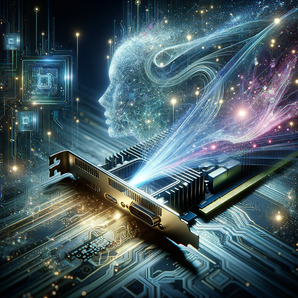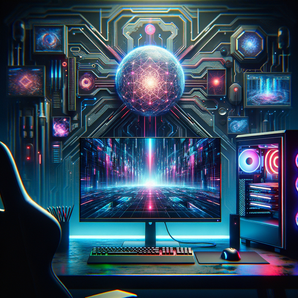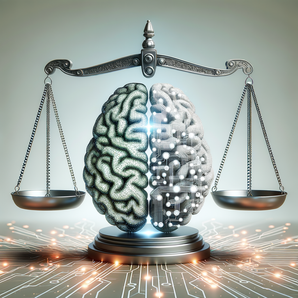Leveraging Generative AI Models for More Efficient Multi-purpose Robots
Leveraging Generative AI Models for More Efficient Multi-purpose Robots
In today's fast-growing technology era, robotic automation is at the forefront, with significant transformations occurring as we strive for more efficient and versatile robots. An exciting breakthrough in this field is the utilization of generative AI models to combine data from various sources, aiding robots in enhancing their learning process.
For many years, developers and researchers across the globe have been dealing with questions related to robotic intelligence and capability limitations. Amalgamating data from different sources to amplify robotic capabilities and efficiency has been a considerable challenge due to the diverse nature of each data source and the gap in sync.
Resolving this dilemma, the latest advancements centered around generative AI models offer promising solutions. In essence, these models serve as the bridge needed to integrate misaligned and varied data, drastically improving multi-purpose robots' effectiveness.
Generative AI models pave the way for a technique where data from multiple sources, each possessing its unique attributes and facets, can be combined effectively. It lessens the strict prerequisite of data homogeneity for robotic learning, optimising the process without the constant need for a uniform data source. Hence, this approach paves the way for an enriched robotic learning experience, employing multiple data sources, irrespective of their diversity in nature.
But, how exactly does this technique benefit the underlying process of robotic learning? By facilitating the melding of diverse data, robots can learn and adapt to a range of conditions and environments more effectively. Instead of being restricted to a single activity or scenario, their scope of learning and adapting can significantly broaden, making them much more versatile and efficient.
While this innovative technique incorporating generative AI models into robotics may seem like it is still in its incipient stages, it holds significant potential for industries and sectors ranging from manufacturing and logistics to healthcare and domestic chores. The quest for achieving more efficient multi-purpose robots has been streamlined with these advancements, paving the way forward for groundbreaking robotic solutions.
The world is steadily moving towards incorporating AI and Robotic Process Automation (RPA) in various sectors. The breakthrough of combing varied data through generative AI models is one more step towards an era where robots can be multi-faceted and efficient, making the technology surrounding us work in a far more coordinated and dynamic fashion.
The path to achieving increased robotic efficiency was never straightforward, with data diversity and lack of integration tools being significant roadblocks. However, with the emergence of generative AI models, the possibility of amalgamating varied data sources to enhance robotic learning and capabilities is no longer distant. This technique is a boon for those driving towards an automated world, emphasizing the importance and potential of investing in AI and Robotics.
Disclaimer: The above article was written with the assistance of AI. The original sources can be found on MIT News.




